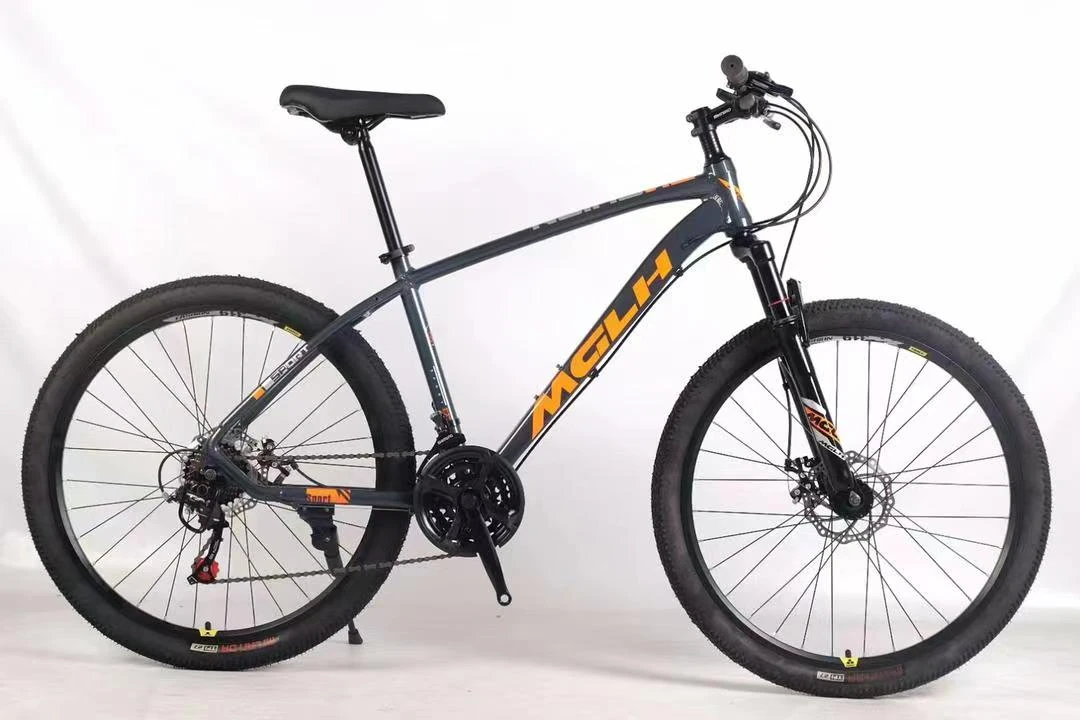Feb . 20, 2025 09:49 Back to list
27.5/29 "Color-Changing Carbon Fiber Mountain Bike 12 Variable Speed Mountain Bike Dirt Bike


Dialing in the Indexing for Precise Shifting Under fine-tuning falls the indexing of your derailleur, which ensures each gear shift is clean and precise. Begin on the smallest rear cog and pedal to shift up, monitoring if the chain moves smoothly to the next larger cog. If the chain hesitates or overshoots, adjust the barrel adjuster near the shifter. A clockwise turn tightens the cable, promoting easier shifts to smaller cogs, while counter-clockwise facilitates smoother transitions to larger cogs. Iterate through this process until each shift feels natural. Testing Under Real Conditions With adjustments complete, test your work under real trail conditions. Only under genuine riding pressure will you ascertain if the derailleur holds its adjustments under stress. On a flat, open stretch of trail, run through all gears to test the alignment and tension further. Listen for any unusual sounds and feel for detractions in gear transition smoothness. Regular Maintenance Key to Longevity Consistent maintenance of the Shimano rear derailleur ensures ongoing reliability and performance. Periodically check and clean your derailleur, re-lubricate moving parts, and ensure regular assessments of the hanger alignment. Revisit limit screws and indexing adjustments especially after significant rides or impacts, as rough terrain can shift components out of alignment. In showcasing trustworthiness and expertise, remember that a well-adjusted derailleur extends beyond performance; it enhances safety, reducing risks of chain slippage during critical moments. As technology evolves, stay informed about upgrades Shimano introduces, as they can offer finer controls or even adjustments to existing mechanisms. In closing, perfecting your Shimano rear derailleur adjustment transforms each mountain biking journey into an exquisite experience of precision and control, reflecting both expertise and reliability on every pedal stroke.
-
In-Depth Guide to Ebike Frames: Design, Use & Future Trends
NewsNov.25,2025
-
Discover Top E Bike Brand Insights, Specs & Future Trends | Yanline Bike
NewsNov.24,2025
-
Green E Bike – The Future of Sustainable Urban Mobility
NewsNov.24,2025
-
Ruffian eBike: Durable, Efficient Electric Bikes for Modern Mobility
NewsNov.23,2025
-
Comprehensive Guide to the Global E Bike Market and Future Trends
NewsNov.23,2025
-
Understanding Electric Bicycle Range: A Complete Guide for Smarter E-Bike Use
NewsNov.22,2025
-
Ceron Electric Bike – Efficient, Sustainable Urban Mobility Solutions
NewsNov.22,2025




